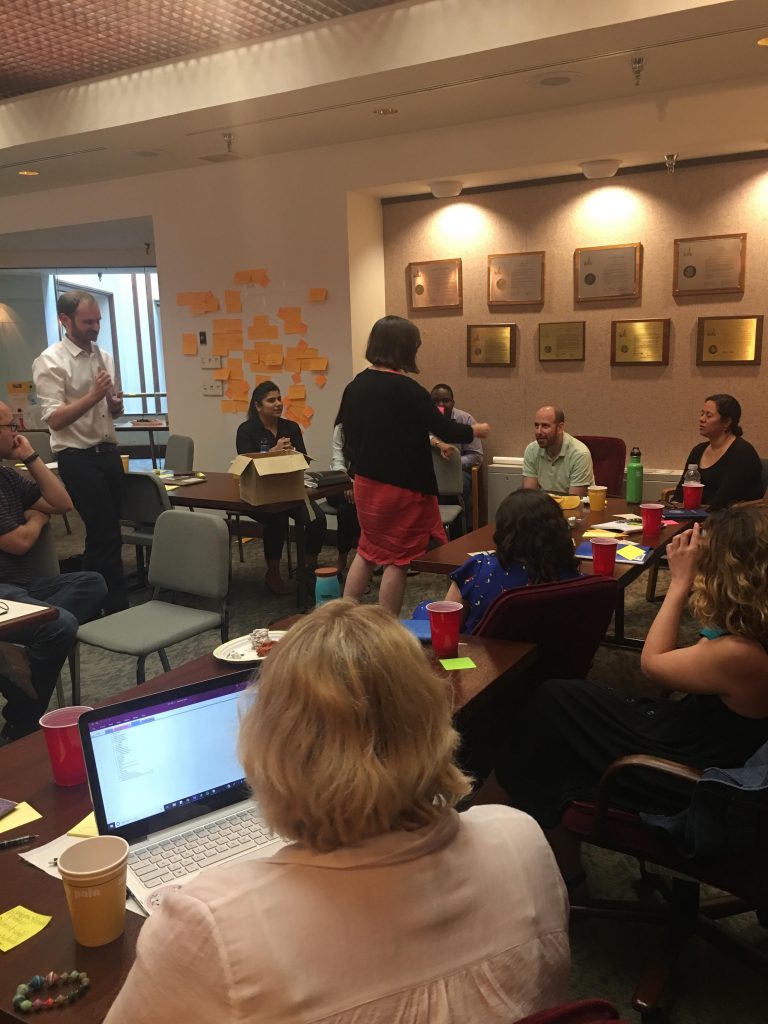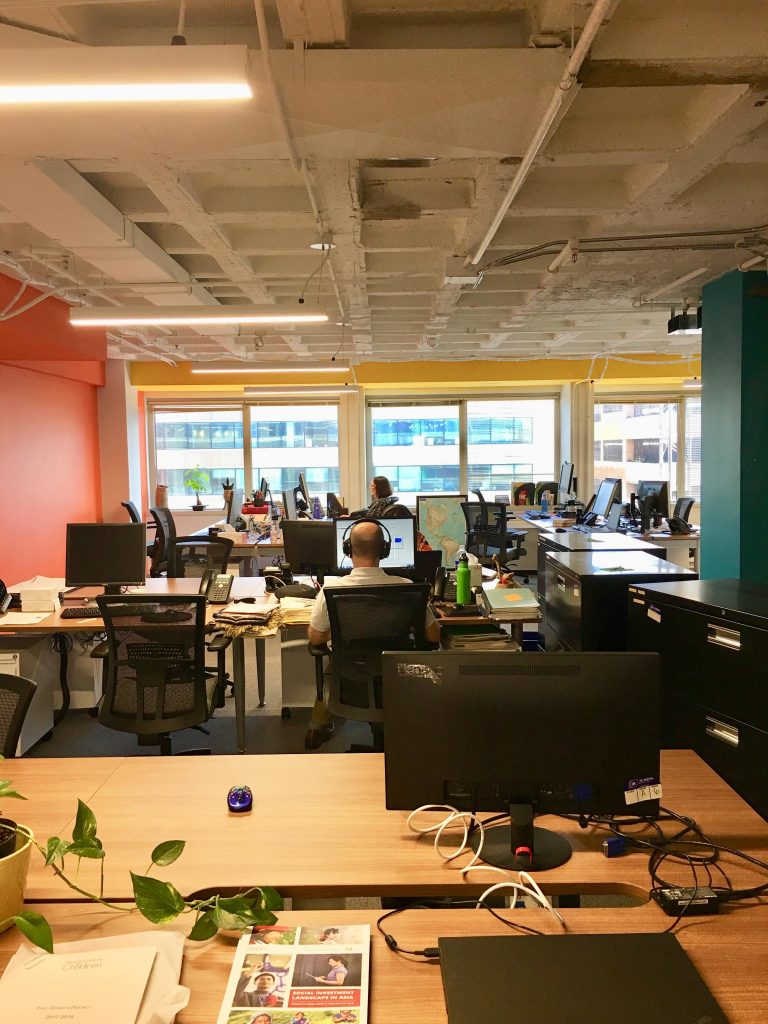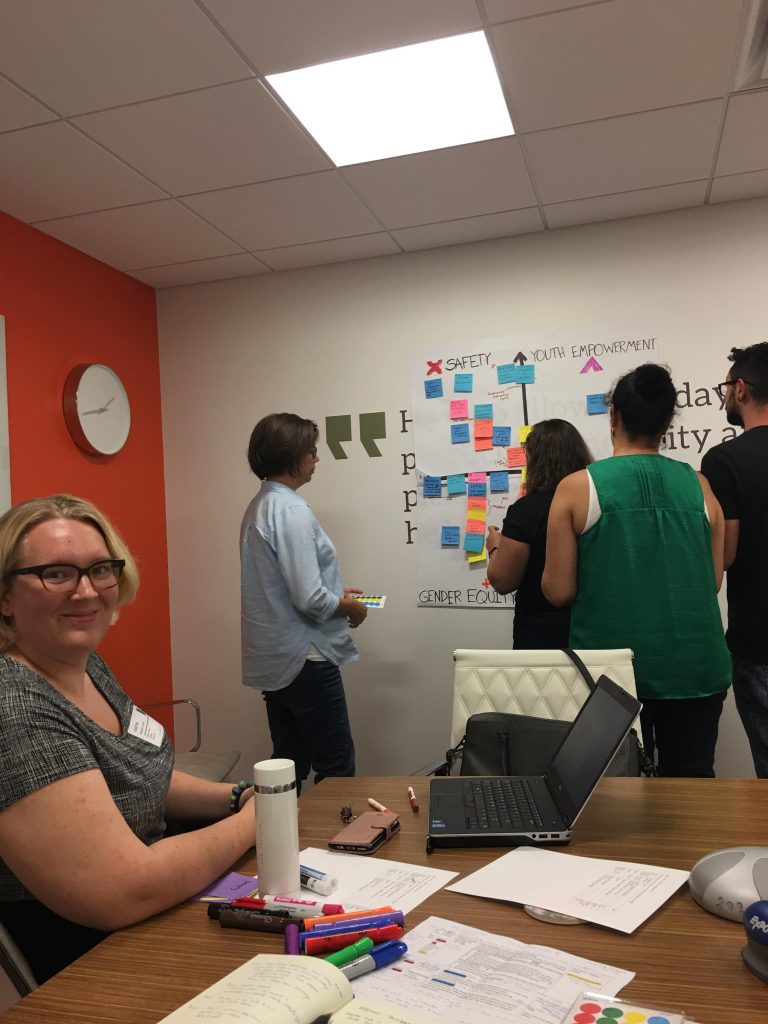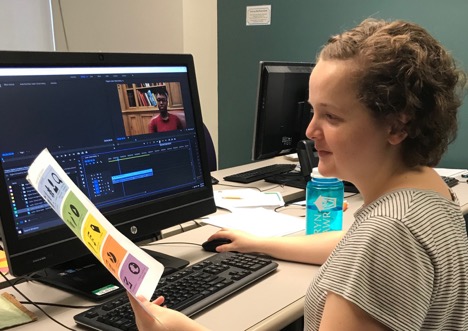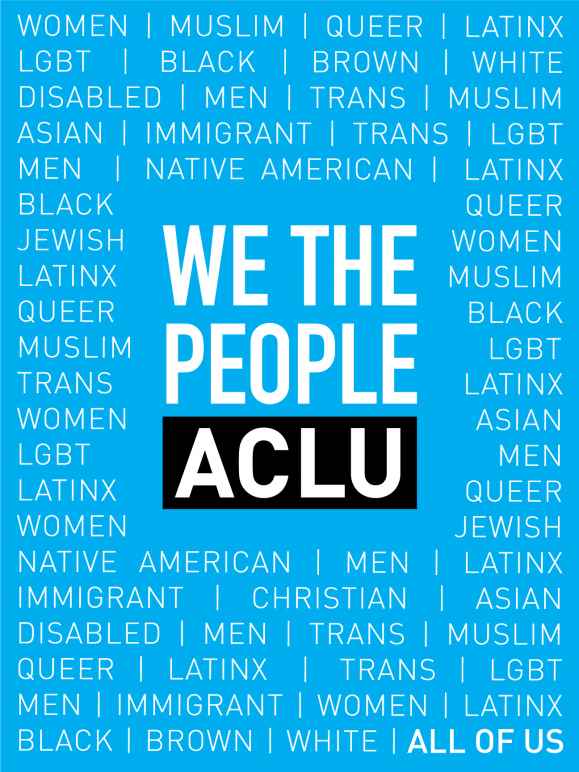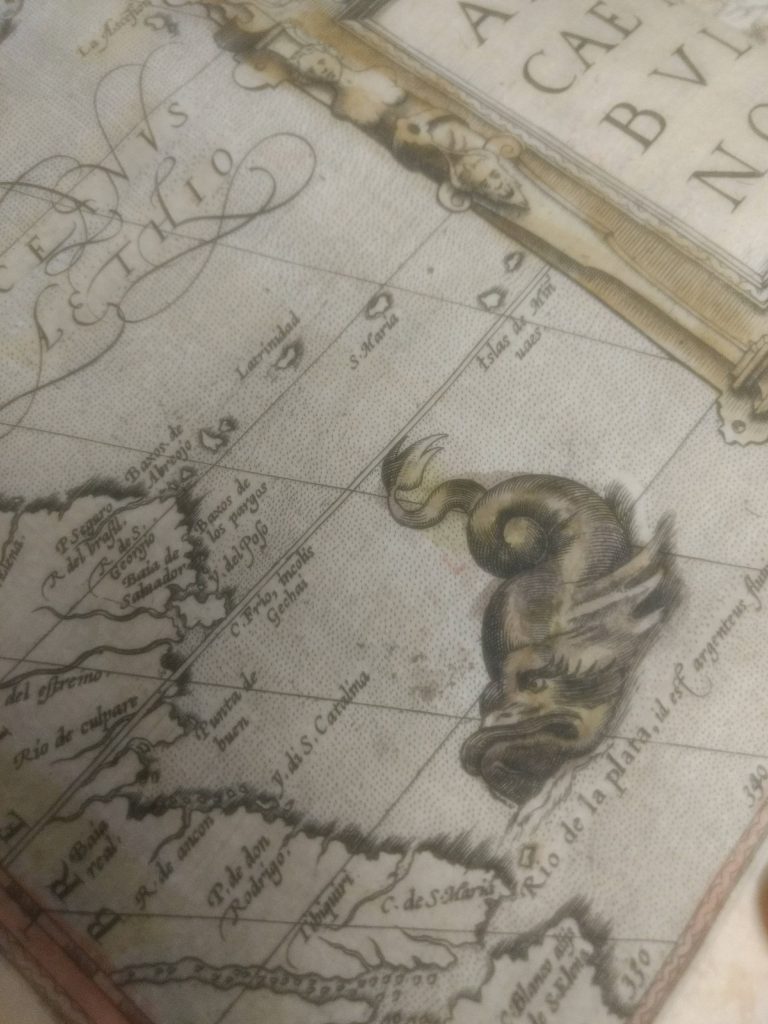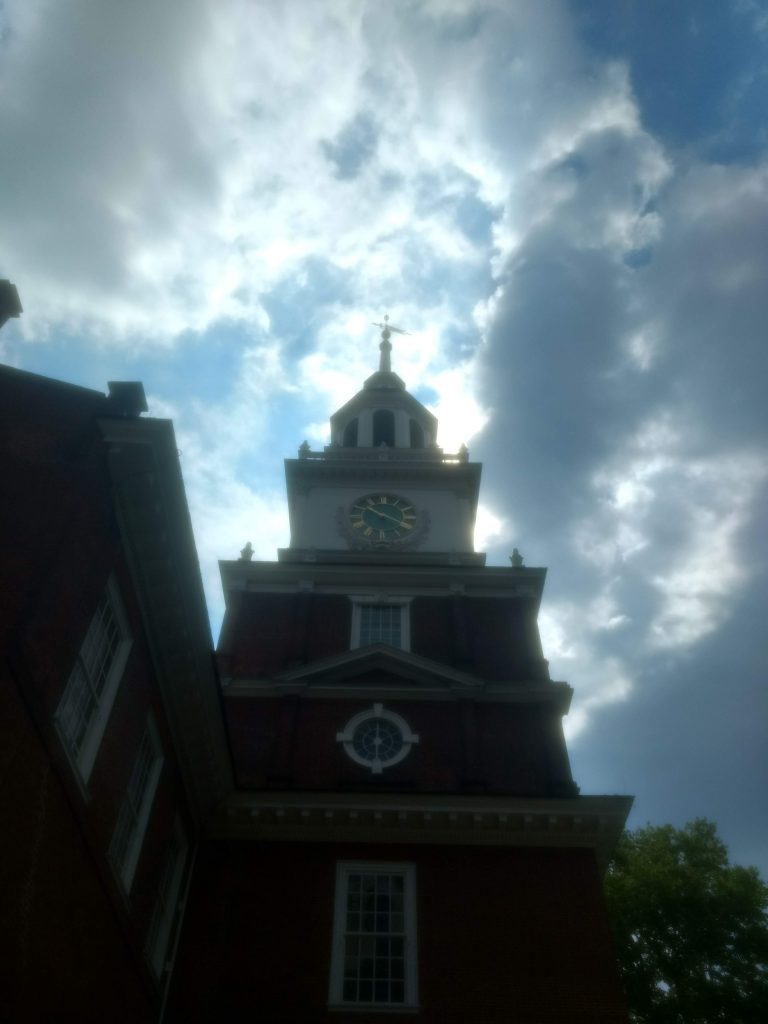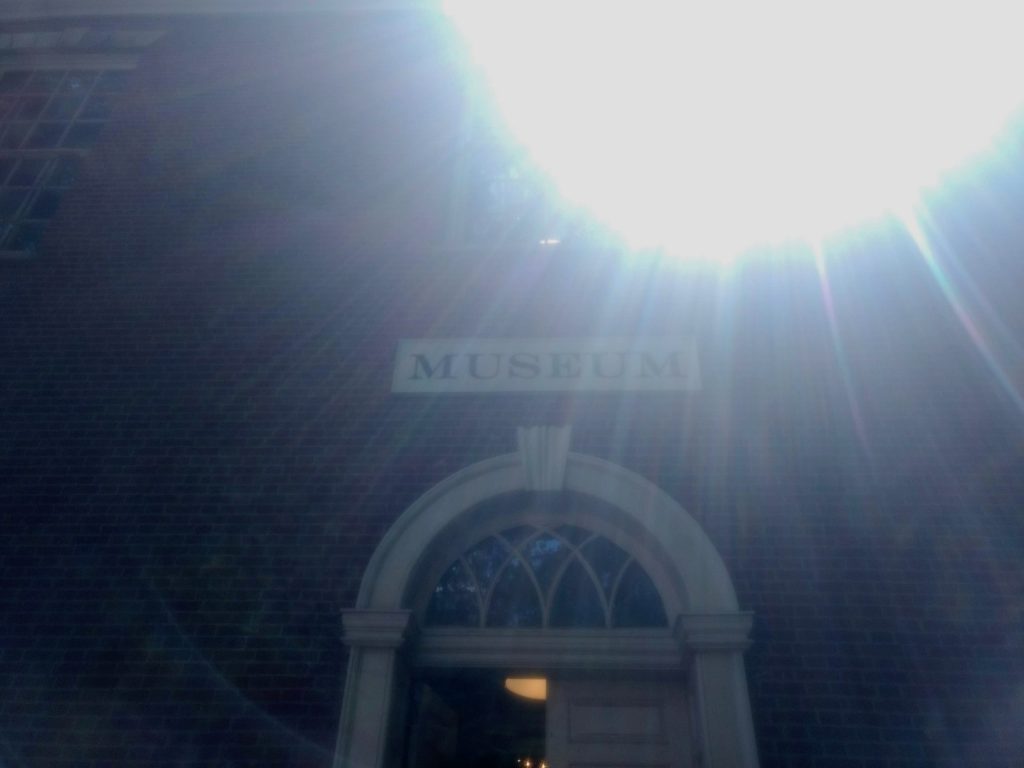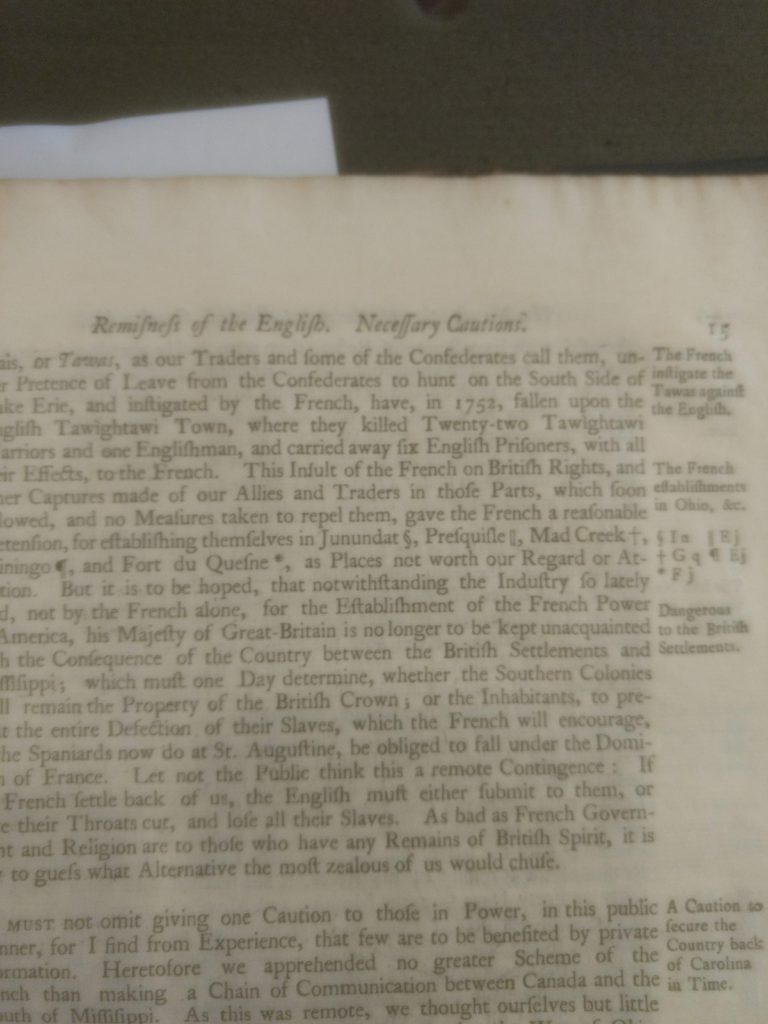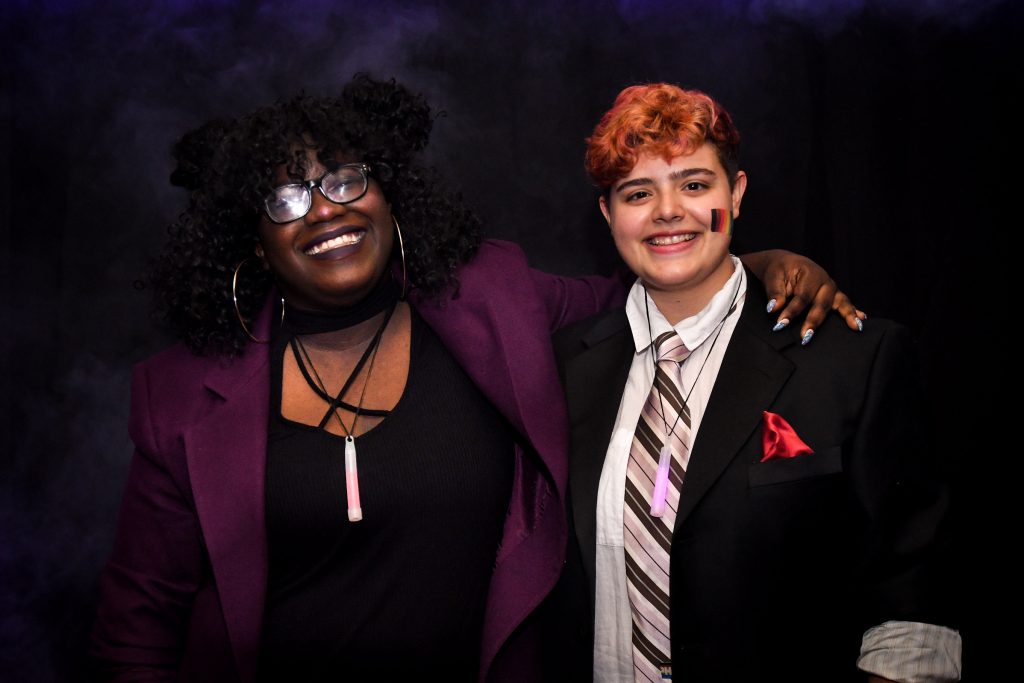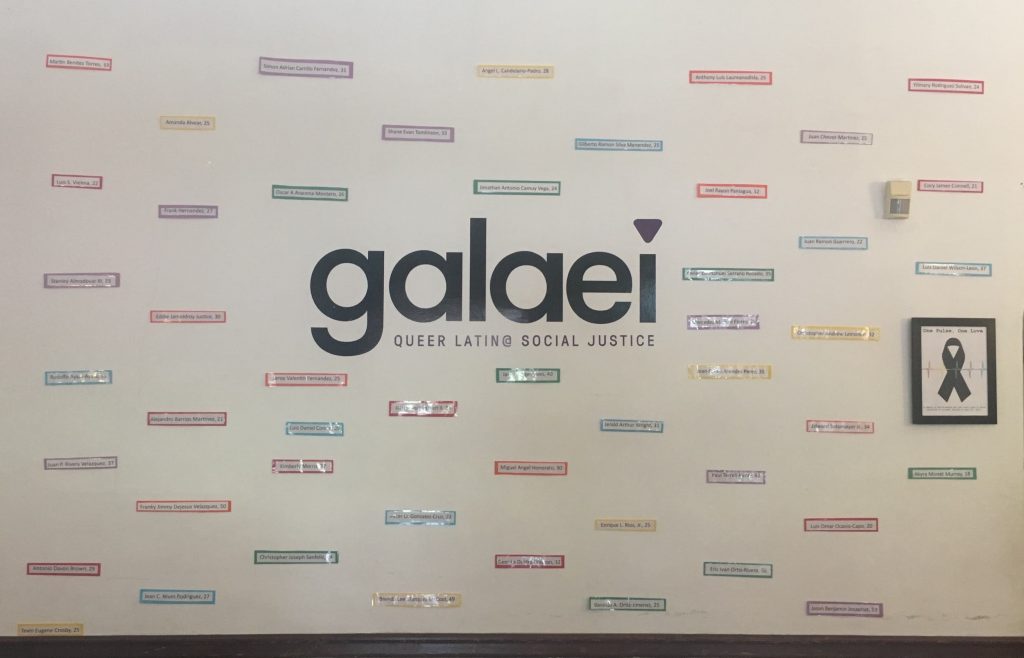Precious artifacts of the Yupik people in Alaska have been revealed by rising temperatures and are now at risk. I am participating in the most remarkable archaeological field school at Nunalleq, a nearly 500 year old sod house of the Yupik people. Extraordinary artifacts, such as wooden masks, ornate ivory carvings, intricate tools, and woven grass objects have been found in unparalleled amounts and preservation due to the permafrost. However, melting permafrost and rising sea levels endanger artifacts from disintegration or washing away with the tide. At the Nunalleq Archaeological Field School, we are rushing to save the frozen, well-preserved artifacts from both weather and sea. Moreover, we are immersed in the living Yupik culture within the village, Quinhagak, as they host us during our excavation season.

The site is two houses on top of the other, one from c. 1670 and the bottom from c. 1540. Most likely, the same family continued to rebuild atop their ancestors’ house, as noted from the similarity of the family ownership marks on various artifacts. As Dr. Rick Knecht, head of the excavation and Bryn Mawr Ph.D. graduate, stated as he was examining a grass woven mat, “This grass was cut when Shakespeare walked the Earth.”

Some personal discoveries I made during the dig include a baleen woven mat, multiple wooden dolls, a toy boat, a mask attachment, an ulu handle and blade (found separately), and a bent-wood bowl. One of the village Elders, John Smith, visits the dig site and the lab daily and provides insights into the uncovered objects. John told us how grandfathers would carve little dolls to occupy their hands while telling stories. Whenever John holds carved tools, handles, objects, bowls, and jewelry, he tells us about how they’re made, what they were used for, and discusses the meaning behind the artifacts his ancestors created. His transference of knowledge is invaluable to the field school. My favorite find I uncovered so far is a beautifully carved ivory toggle shaped as the head of a smiling caribou from c. 1540. John carries on his family’s carving techniques by re-creating pieces from the Nunalleq site for us. He re-created a replica of the caribou toggle for me to wear, and told me about how precisely his ancestors carved the curvature of the toggle. He described the difficulty of re-creating the smiling caribou even with modern tools.

In addition to the amazing recovery of artifacts at Nunalleq, we’ve also taken part in the daily lives of Yupik people in Quinhagak. We go fishing for salmon all the time for dinner. Artists come in to show their art and compare it to the Nunalleq finds frequently. John tells us about his childhood and stories about the beings that lived with his ancestors and still live with us even as we dig. The painstaking and laborious work of excavation is outshined by the wondrous stories we are witnessing here. To learn more about the ongoing experience of field students, visit the Nunalleq Blog at https://nunalleq.wordpress.com/.

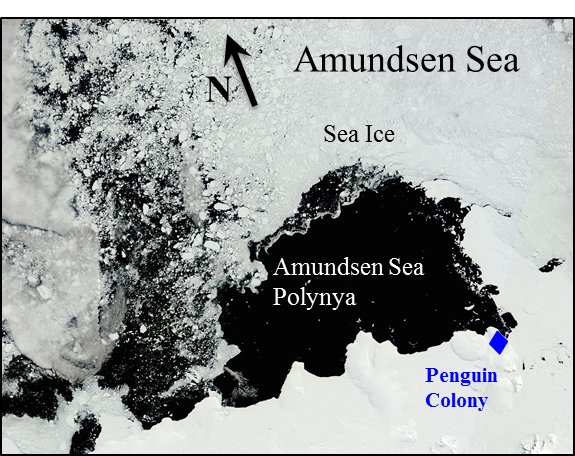
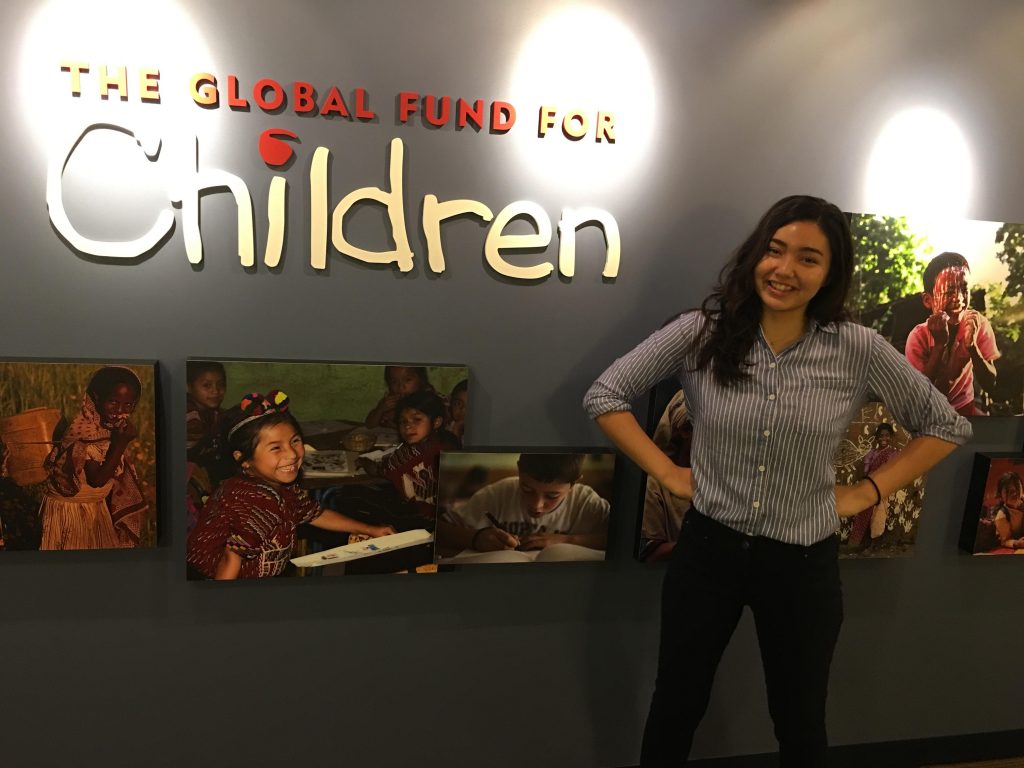 What’s happening at your internship?
What’s happening at your internship?